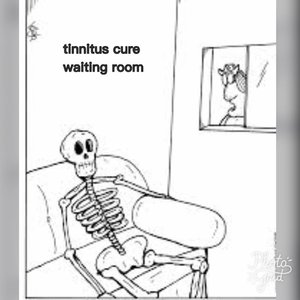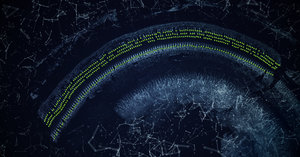They already have! Now they need to make sure it's effective and safe, and move it into clinical trials.I really hope they will find a way to regenerate the hair cells within short time.
Tinnitus may be a different story altogether, since it can have a number of different causes. But for tinnitus caused by noise, drugs or viruses that damage the sensory cells and nerve cells, I am pretty confident that restoring those cells will have a positive effect on the tinnitus in these patients. We will just have to wait and see.

 Manager
Manager Member
Member
